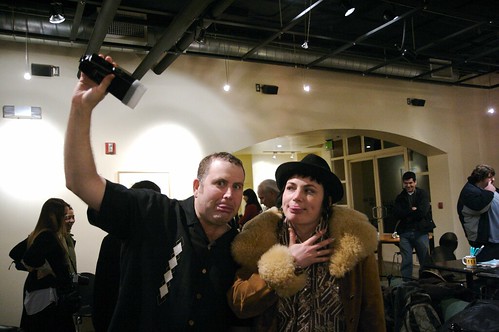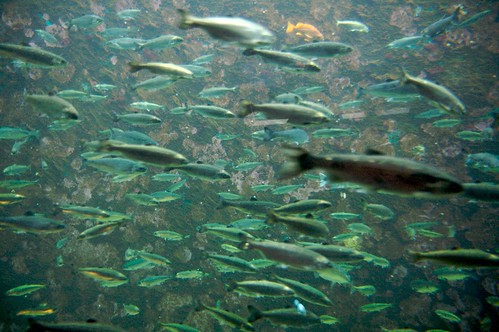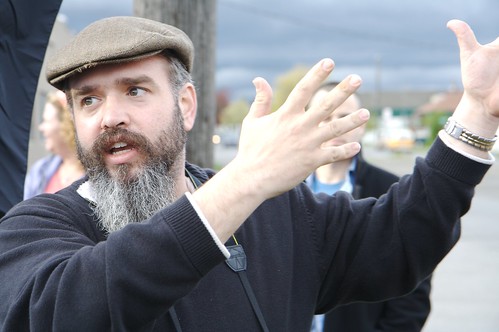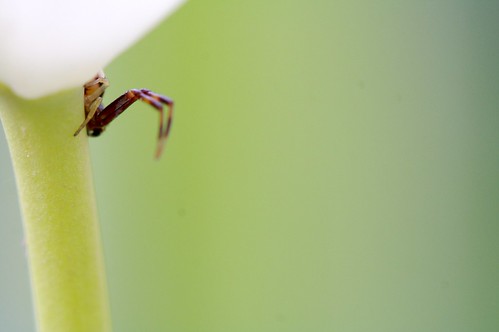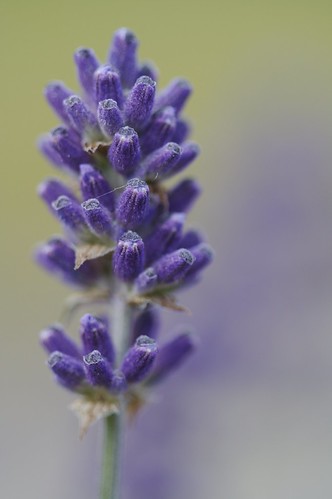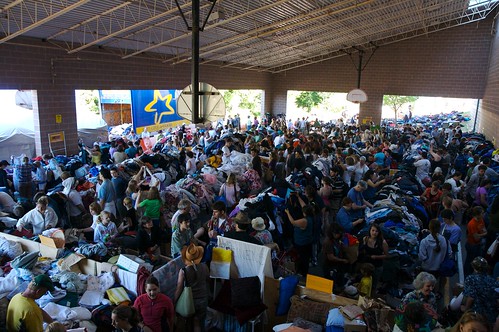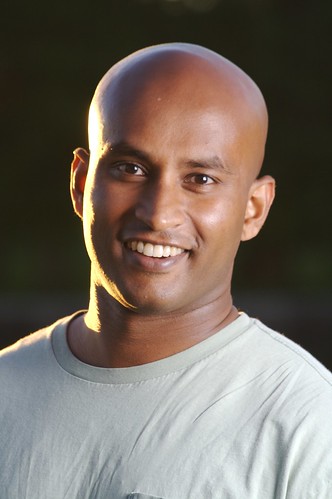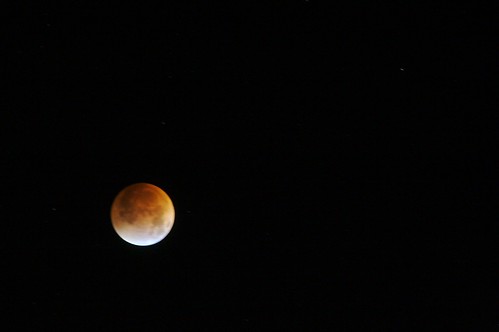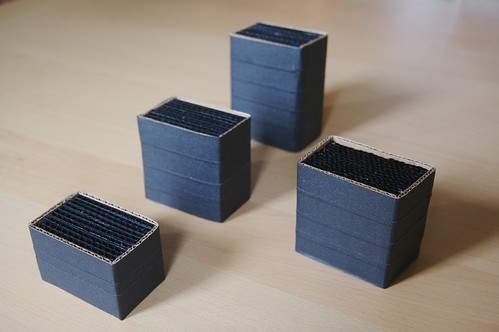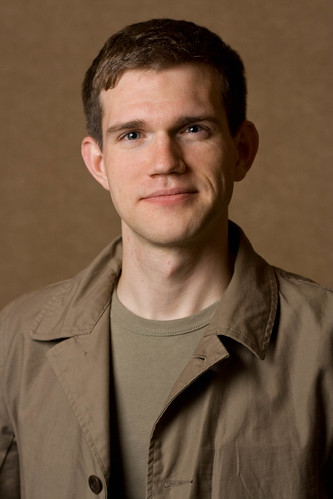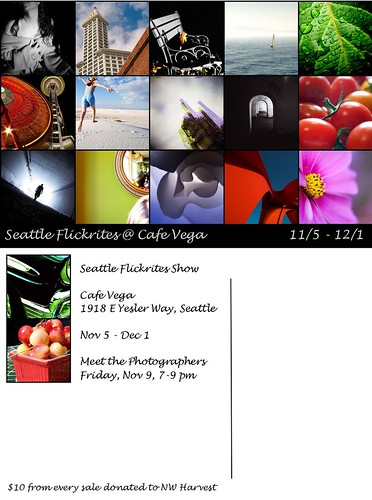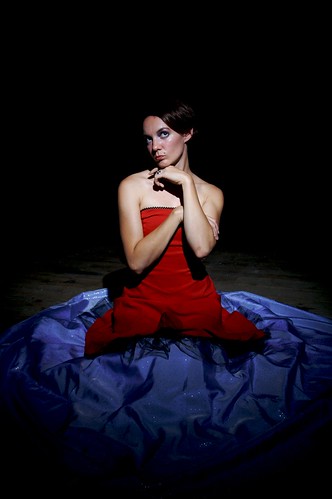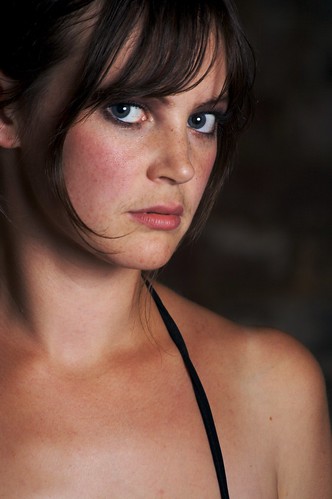It’s funny how timing works in the real world. Last week, Fraser Speirs put up a post comparing Adobe’s Lightroom with Apple’s Aperture. Just before I left for San Francisco on the 23rd, I got a copy of Adobe Lightroom via a friend at Adobe, and I spent some time messing with it on the flight down (at least until I ran out of battery). I’ve also spent some time talking to James Duncan Davidson about Lightroom when I saw him at OSCON in July (his comments on Fraser’s post are here).
I’ve been a fan of Apple’s Aperture since it came out, but I started looking at Lightroom for some very specific reasons:
- Twice I have run into problems with Aperture’s vault system. This is the cool system which will backup your Aperture library to another volume, sparing your mind the overhead of figuring out which photos, etc, have been back up or not. I have my Aperture library on an external Firewire drive, and my primary vault (backup) on separate external Firewire drive. Twice in the last 6 months, I have told Aperture to update my vault and instead gotten a message saying that there was something wrong with the vault. The only way that I could work around it was to delete the vault and rebuild it. When the library is well over 150GB, this is not a message that you are happy about seeing. Kind of negates the value of vaults if you ask me.
- Performance – Aperture eats machines. I have an original 1.83GHz Macbook Pro w/ 2G of memory in it. If I don’t have 1G of memory free when I launch Aperture, I am going to feel pain. Once it loads, most things are reasonable, except for those that aren’t. Like straightening. I had a few pictures that I tried to straighten. Trying to do that sent my machine into paroxysms with the beachball cursor.
- Toning Curve – When we went on vacation back in June, I did some HDR and panorama stuff using the new features of Photoshop CS3. Those images were definitely not going to be in Aperture, and while I worked on those images, I finally played with the curves adjustment in Photoshop. Which is when I finally understood the complaints of those who said that Aperture’s levels were not in the same league as curves. I was hoping to pick up curves in Lightroom.
- Round tripping to Photoshop – Up until recently, I have had very little need for Photoshop, but as I am growing in my photography, I am realizing that there are a definitely somethings that I need photoshop for – dodging and burning, adding vignettes (Lightroom can do this), and doing stuff with layers to selectively edit parts of a picture. I’ve gotten to the point where I understand that pre-digital, printing a photo was as much a part of the art as making the photo. If you want to do that stuff digitally, there isn’t really much alternative to Photoshop.
- Community – Photography is a singular pursuit, but I am finding that I am spending more and more time hanging with the Flickr folks in Seattle, and there’s an advantage to using the same toolset. That same advantage applies to things like presets of various kinds, web galleries, etc. And assuming that Adobe does really get around to that plugin API for Lightroom, plugins.
Having said all that, some thoughts on Lightroom:
The UI
I really dislike the modality of the UI, the Library/Develop distinction doesn’t make any sense to me. It’s also weird to have to go in and out of a compare mode, and even weirder that you need to switch to survey mode to deal with more than 2 pictures at once. It’s clumsy to go into full screen mode – you have to toggle through varying degrees of it to get there. Even so, you get there faster than in Aperture. You can’t use multiple displays, and I really miss that. I also miss the HUD’s in Aperture – they were a great way to keep pictures big while letting you adjust them. In Loupe mode, I found it very hard to find/see the metadata indicators. Aperture does a great job of letting you customize the information that is displayed in the different views.
Library/Project Management
Lightroom is much weaker than Aperture here. You can import your files without changing their location (as you can in later versions of Aperture), but there isn’t that much to help you organize pictures beyond collections of pictures. I made heavy use of Aperture’s projects and albums, and I miss that functionality. I can use collections, but the way I shoot, there will be lots of collections, to the point where collection management itself will become a problem. One way of managing this is to use multiple catalog files, but switching catalog files means relaunching Lightroom, which seems lame, and then you have the problem of not being able to find/search across multiple catalog files. I guess I am also having angst about putting my pictures into a directory hierarchy and having to back them up myself. You can create stacks, but you can’t create stacks inside a collection, which is irritating but not a show stopper. And as I mentioned, there’s no backup of the library, although you can get Lightroom to backup your RAW files as they are imported, and then have it backup the catalog file periodically. There’s an option to have Lightroom write XMP files, but there doesn’t seem to be a way to get those backed up. I am also a fan of the Lightroom Metadata Browser, now its easy to ask about common aperture, shutter speed, iso and focal length usages. It is also nice to have the fully interpreted EXIF data in the metadata display for a picture. The keyword browser also looks promising, but I don’t have enough keywords in it to know how it will scale up. I wish there was an option to erase a card after importing all the images on it. I miss that from Aperture
Adjusting
I really like the Lightroom Develop module, well the functionality, at least. I think that the histogram is way better, as is the white balance control, particularly because there are some default presets that you can switch to by name as opposed to being stuck with having to figure out the right temperature/tint settings for yourself. I also like the way the that Lightroom white balance eyedropper blows up the area that it would be sampling. Aperture does not have the Clarity or Vibrance adjustments, and those are pretty useful, at least to me. The tone curve is much better too, although I’m still learning it in comparison to Photoshop’s which seems more flexible. I like the ability to select point curves, like you can do in Photoshop. I like the HSL/Color/Greyscale tool, and while I haven’t done any split toning, I expect to be doing some of that. I was hoping to see more in the noise reduction, but guess Adobe doesn’t want to put all the noise plugin folks out of business — I’d expect those to be some of the first plugins out of the gate. The masking control on sharpening provides a degree of extra flexibility that Aperture doesn’t, but I hardly every sharpen a photo. The lens vignetting tools are probably ok for actual lens vignetting, but when I tried to use them to add a vignette to a picture, they weren’t much use. I did have one issue with the adjustment sliders, which is that it was hard to click on either side of the slider thumb in order to make a setting (which is what I normally do in Aperture). You have to grab the slider with the mouse and then let go before you can see the effect of the change.
Performance
Lightroom is definitely much zippier than Aperture for just about everything. I tried straightening, and that was no problem. Going in and out of full screen was no problem. There is the same kind of loading delay for images as there is in Aperture. It does appear, as Fraser pointed out, that some of the adjustments are kind of laggy. Then again, I experienced this at times in Aperture. The program is less resource hungry than Aperture too. I didn’t feel that I needed to quit one of my other memory hungry apps in order to do some work in Lightroom (I am so jealous of people whose MacBook Pro’s go to 4G of RAM).
Export/Printing
I actually like the Lightroom exporting, if for no other reason than that I can export in the background and be doing something else (either in Lightroom – impossible with Aperture, or elsewhere on the system – sluggish with Aperture). I did use Lighroom’s ability to send images to alias of OS X apps to setup a Flickr export preset. It’s not FlickrExport, though, which means no metadata comes through, the titles, etc get lost, and after the export, there’s no additional metadata on the images (FlickrExport adds the flickr id and url to the images, which is a great way to know if you’ve uploaded that image before or not). I’m feeling the pain on this one
I haven’t had a chance to play with printing from Lightroom, so I don’t have anything to report from there yet.
Other Features
The slideshow feature of Lightroom looks pretty good. Better than Aperture, anyway. On the other hand, Aperture can do books, and has the light table. It seems like the Lightroom web module is stronger, but that also an area that I need to play with some more.
Photoshop round tripping seems to be a little bit better than in Aperture, but I haven’t really put that to the test yet.
I’m wondering where that API/SDK is. Since Lightroom is written in Lua, there ought to be some good scripting/automation type stuff that could be done if Adobe would document how to do it.
Interop
Just for laughs, I did export a single Aperture project’s worth of RAW files and XMP sidecar files and then imported them into Lightroom. To my amazement, all the keywords, ratings and adjustments were there. That was pretty impressive if you ask me.
Where I’m at with Lightroom
Thus far, I’ve done a test import of a single project from Aperture, as well as importing all photos that I’ve shot since I got Lightroom — I’ve been double loading them into Aperture just in case. It’s a big deal to think about switching programs for something like this. I”m kind of unhappy with the rate of development of Aperture — I’m sure this is in part attributable to Leopard delays, but this shows the danger of having the program too tightly bound to the operating system. If I had picked up a Canon 40D, I’d be pretty unhappy, since Lightroom has support for the 40D and we’re still waiting for 10.4.11 or Leopard for that. My assumption is that Aperture 2.0 is coming sometime this month, so I will probably hold off on a full scale switchover to see what Apple does. But I’ve convinced myself that I could switch if I wanted to, with most of the pain centered around organization and library management. I am sure that Adobe knows these are problems, just as I am sure that the Aperture team has heard many earfuls about performance.
In the meantime, pointers to good Lightroom resources would definitely be appreciated.
